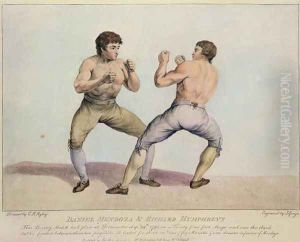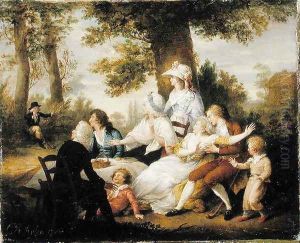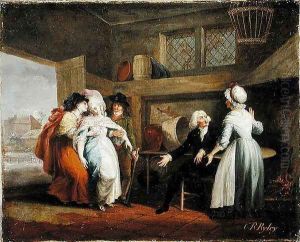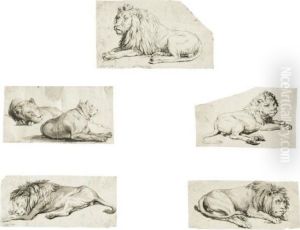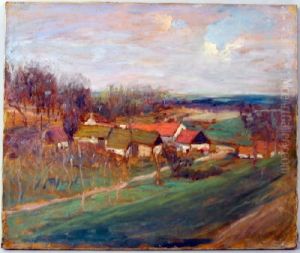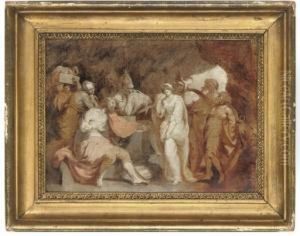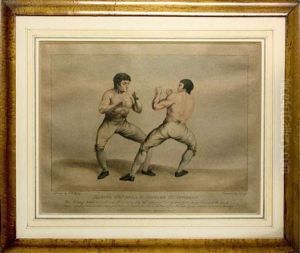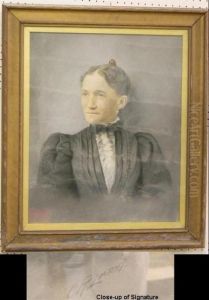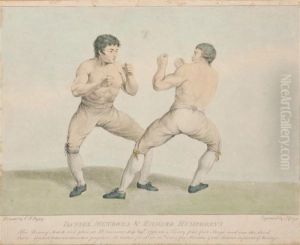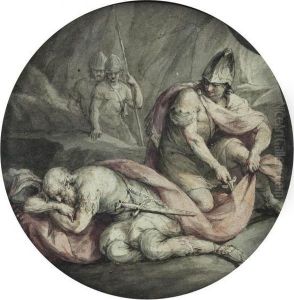Charles Reuben Ryley Paintings
Charles Reuben Ryley was an English artist born in 1752, known primarily for his work as a painter and illustrator. Despite the potential for a distinguished career, Ryley's journey in the arts was marked by both talent and struggle, reflective of the broader challenges faced by artists in the 18th century. Ryley's contributions to the art world, though not as widely recognized as some of his contemporaries, provide insight into the stylistic transitions and cultural themes of his time.
Ryley's early life is not extensively documented, but it is known that he displayed an aptitude for drawing and painting from a young age. He pursued his passion for art through formal training, though the details of his education remain unclear. What is evident is that Ryley developed a versatile skill set, engaging with both portraiture and historical scenes, showcasing his ability to capture the essence of his subjects and the narratives he depicted.
Throughout his career, Charles Reuben Ryley struggled with financial instability, a common plight for many artists of his era. This economic hardship impacted his ability to secure commissions and gain the patronage that was crucial for an artist's success and recognition during the 18th century. Despite these challenges, Ryley continued to produce works that were appreciated by those who knew of them, demonstrating resilience and dedication to his craft.
Ryley's artistic style was influenced by the trends of his time, including the Rococo movement and the early stages of Romanticism. His works are characterized by their detailed execution and the emotional depth they convey, elements that align with the broader artistic movements of the late 18th century. However, Ryley also infused his works with a personal touch, making them unique reflections of his artistic vision.
Charles Reuben Ryley's life came to a premature end in 1798, when he died at the age of 46. Although his career was relatively short and marked by financial struggles, Ryley left behind a body of work that, while not extensive, contributes to our understanding of the period's art. His legacy, preserved through the pieces that survive, offers a glimpse into the life and challenges of an 18th-century English artist, underscoring the transient nature of fame and recognition in the arts.
